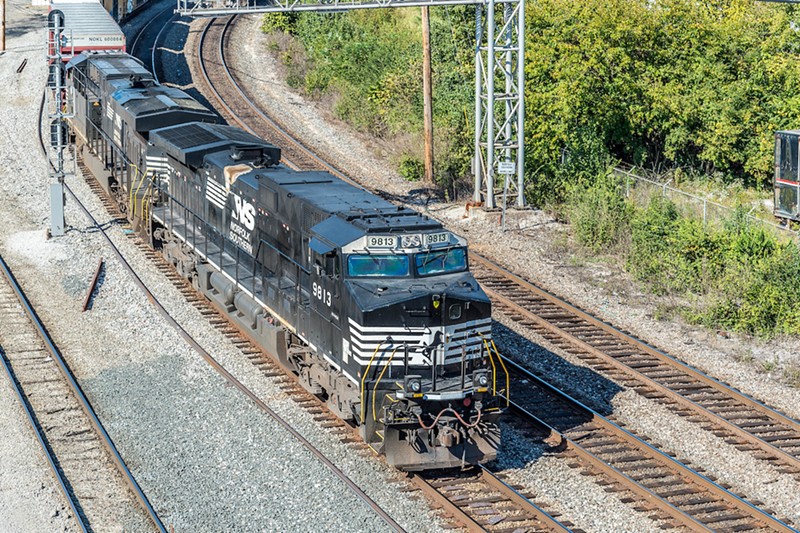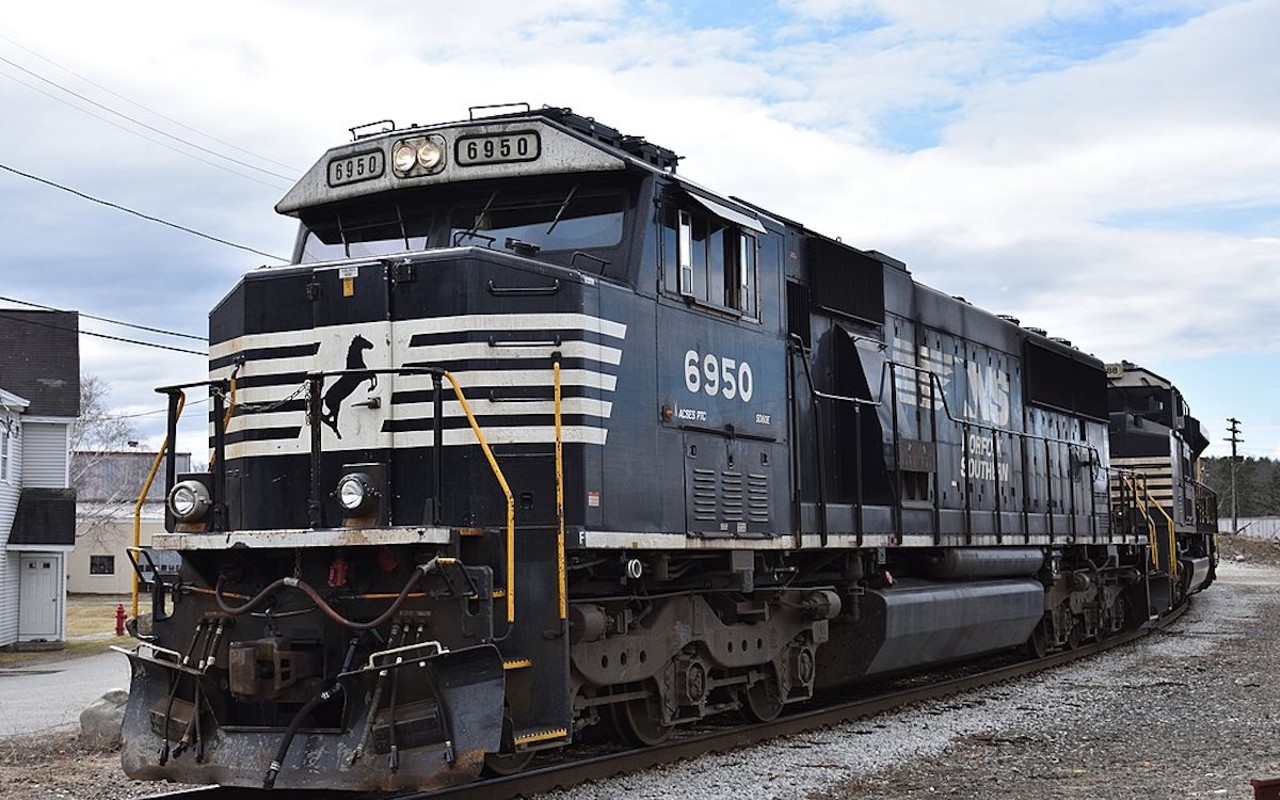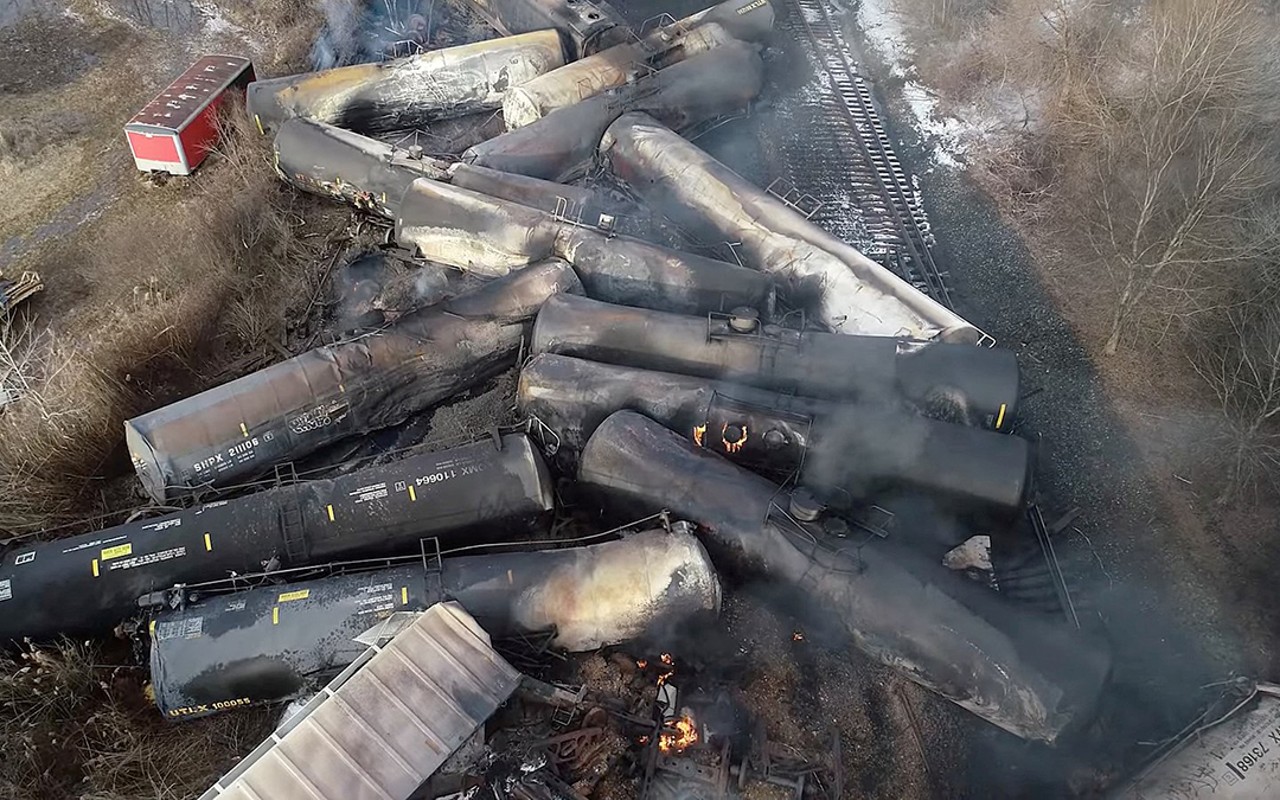Ohio’s congressional delegation was quick to promise legislative action in the wake of the East Palestine train derailment. Now, lawmakers have introduced bipartisan measures in both chambers of Congress.
In a moment of divided government and fever-pitch partisanship, it’s notable lawmakers from both parties came together to propose substantive policy changes. However, proponents could still face obstacles getting their legislation passed.
The Railway Safety Act of 2023
Ohio’s U.S. Senators were first out of the gate, with the Railway Safety Act of 2023. Sens. Sherrod Brown, D-OH, and J.D. Vance, R-OH, introduced the measure on March 1 — less than a month after the derailment.
“We owe every American the peace of mind that their community is protected from a catastrophe of this kind,” Vance said in a press release. “Action to prevent future disasters is critical, but we must never lose sight of the needs of the Ohioans living in East Palestine and surrounding communities.”
Pennsylvania’s U.S. senators, Bob Casey and John Fetterman, both Democrats, have signed on as co-sponsors, as have U.S. Sens. Josh Hawley, R-MO, and Marco Rubio, R-FL.
The legislation sets several new safety standards and imposes stiffer penalties for wrongdoing.
Under the legislation, trains would need at least two crew members to operate. Rail companies would face more stringent notice and emergency planning requirements when transporting hazardous materials. They would also have to install so-called “hotbox” detectors every 10 miles. These wayside systems track potential warning signs like an overheating bearing box or the sound of dragging equipment to alert crew members about a problem.
The Senate bill would also expand the maximum fine federal transportation officials can levy. Currently, fines top out at $225,000, but the bill raises the ceiling to 1% of a company’s operating income.
With $4.8 billion in profit last year, Norfolk Southern’s maximum potential fine could reach $48 million.
The measure would also raise registration fees for transporting hazardous materials to fund additional training for first responders. Lastly, the bill appropriates 27 million for research and development into better wayside detectors and safer train cars.
Separately, Brown has signed on to a measure with Casey and Fetterman of Pennsylvania to create a new fund, paid for by rail companies, that would reimburse local first responders in the event of an accident.
The RAIL Act
Ohio Republican U.S. Rep. Bill Johnson and Ohio Democratic U.S. Rep. Emilia Sykes introduced their Reducing Accidents in Locomotives, or RAIL Act, last week. For the most part, their bill aligns with the Senate’s earlier proposal.
“It is imperative that Congress swiftly works to strengthen our nation’s railway safety standards,” Johnson said in a press release. “The bipartisan RAIL Act would bring forth effective and responsible changes to the way the rail industry operates to help prevent railway accidents and keep communities across America safe.”
Their announcement noted the majority of Ohio’s congressional delegation have signed on as a co-sponsor. Reps. Warren Davidson, Jim Jordan, Bob Latta, and Brad Wenstrup, all Republicans, are the only Ohio congressmen who haven’t backed the legislation.
In the release Sykes argued, “public safety transcends politics and district boundaries.”
“The RAIL Act,” she added, “will implement effective measures to keep our communities safe, hold railroad corporations accountable, and ensure that no American living close to our 140,000 miles of railroad track has to worry about the threat of a toxic derailment in their backyard.”
Like the Senate bill, the House proposal requires hotbox detectors every five miles, earmarks funding for training first responders and increases penalties for violating safety regulations. The House also adds a provision requiring hazardous material placards can withstand higher temperatures.
But the House proposal leaves out significant policy changes as well. The two-member crew requirement is gone, as are the appropriations for research and development.
Nevertheless, the bill got good reviews from both of Ohio’s U.S. Senators. In a tweet, Brown praised the bipartisan group for working together and committed to “hold(ing) Norfolk Southern accountable.”
I applaud my Ohio colleagues for working together to continue our push to make railroads safer.
— Sherrod Brown (@SenSherrodBrown) March 17, 2023
I look forward to working with them and Senator Vance to hold Norfolk Southern accountable and make sure derailments like East Palestine never happen again. https://t.co/NQOwdZMBda
In a statement, Vance called it a “huge development for improving railway safety in this country.” He added that passing the Senate version would be his top priority.
This article was originally published by Ohio Capital Journal and is republished here with permission.
Coming soon: CityBeat Daily newsletter. We’ll send you a handful of interesting Cincinnati stories every morning. Subscribe now to not miss a thing.
Follow us: Google News | NewsBreak | Reddit | Instagram | Facebook | Twitter




